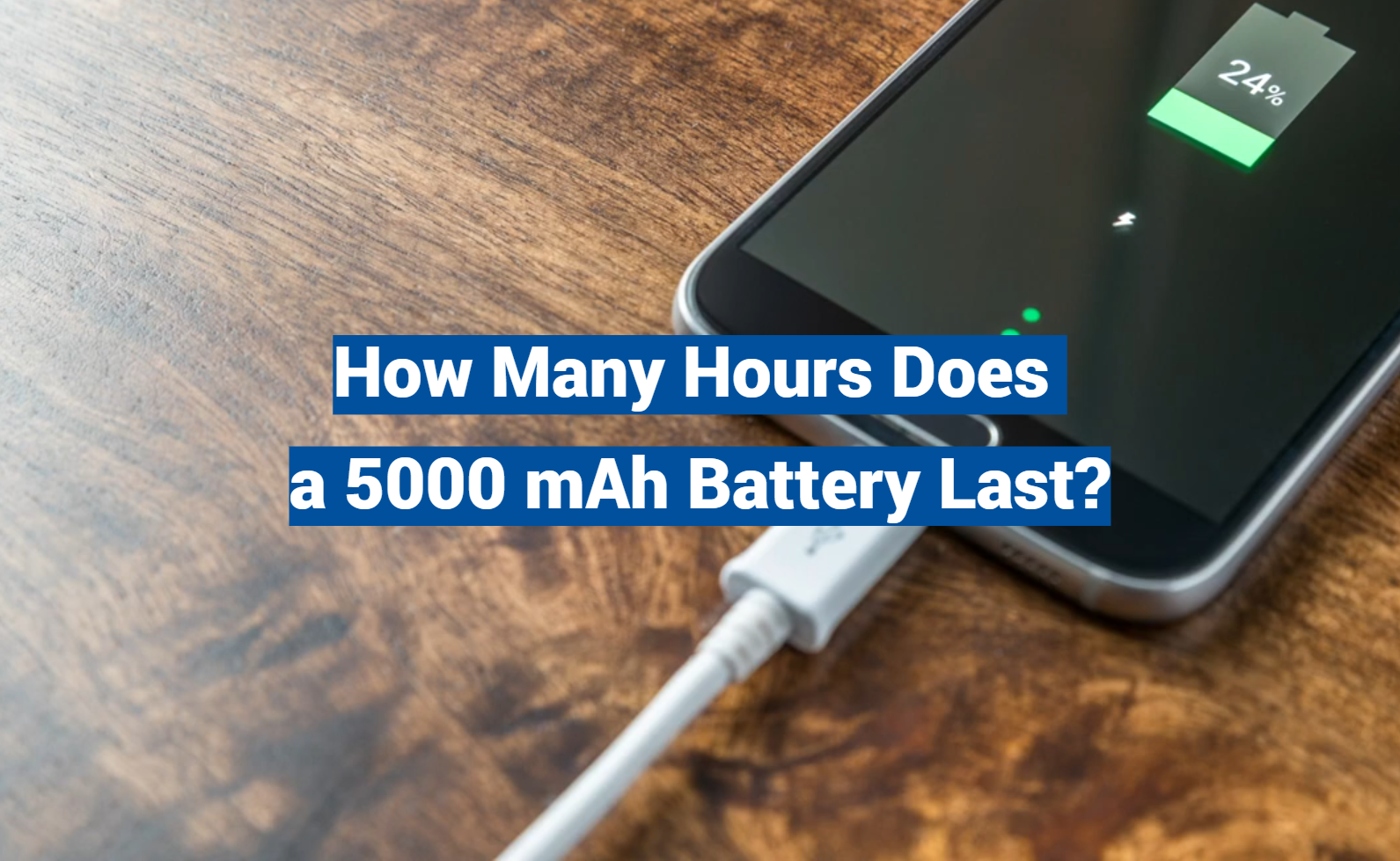In the fast-paced, gadget-driven world you live in, one question constantly lingers in your mind: “How long can my battery keep up?” Whether you’re binging on your favorite Netflix series, tirelessly scrolling through social media, or tackling important tasks, the fear of running out of battery looms over us all. You’re not alone in this never-ending quest to find a battery that truly lasts, and today, this article is here to uncover the secret behind the lifespan of a 5000 mAh battery. So buckle up, power enthusiasts, because you can unveil how many hours this mighty 5000 mAh battery can truly power your device.
What Is mAH?
What Is the Difference Between Mah and Ah?
On the other hand, Ah, or ampere-hour, is also a unit of measurement for electrical charge but is used to describe the amount of charge that can be delivered by a battery over one hour. In simple terms, it measures the flow rate of electricity from a battery.
The main difference between mAh and Ah is their scale- mAh being smaller than Ah. 1 Ah is equal to 1000 mAh. So, for example, if a battery has a capacity of 2000 mAh, it is equal to 2 Ah.
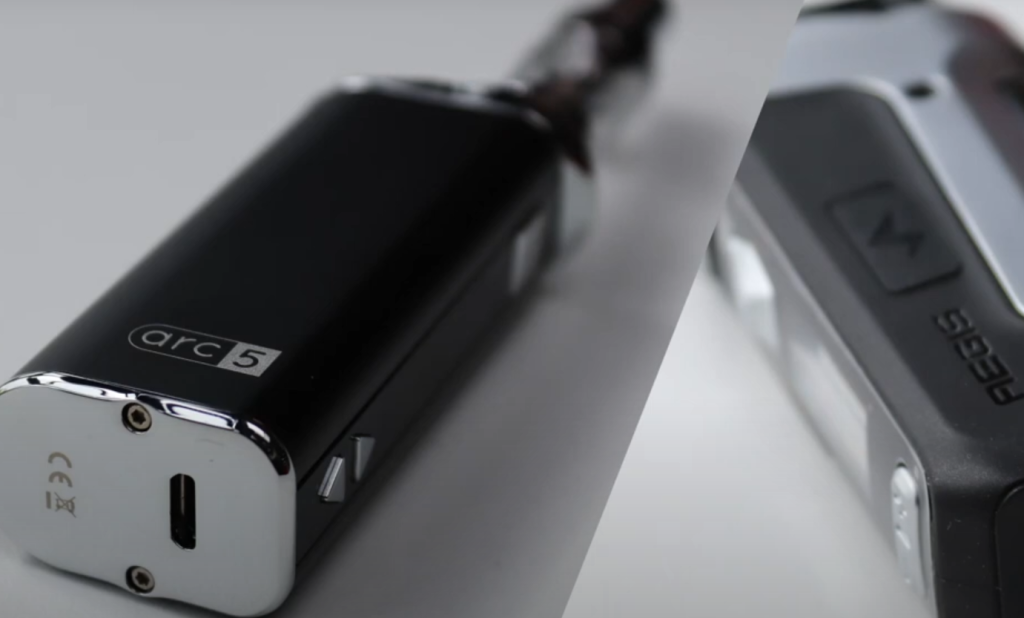
Why Is Knowing Capacity Important?
Knowing the battery capacity is important because it determines how long your device can run on a single charge. The higher the battery capacity, the longer your device will last before needing to be recharged. This is especially important for devices that are used frequently or for long periods, such as smartphones or laptops.
Additionally, understanding battery capacity can also help you determine the right type and size of battery to use for your device. Different devices require different levels of power and using a battery with an inadequate capacity can result in the device not functioning properly or even damaging it.
How Is mAh Calculated?
mAh is calculated by multiplying the current in milliamps (mA) by the time in hours (h) that a battery can supply this current. For example, if a battery has a current of 500 mA and can last for 4 hours, its capacity would be 2000 mAh. Essentially, it measures the amount of current a battery can deliver over a certain period.
Does a Higher Mah Mean a Longer Battery Life?
Not necessarily. While a higher mAh does mean that the battery can hold more charge, it also depends on how much power your device requires to function. A device with a high energy demand may drain a high mAh battery faster than a device with lower energy requirements. It’s also important to note that battery life is affected by other factors such as usage patterns and temperature. So, a higher mAh battery doesn’t always guarantee a longer battery life [1].
Calculating Battery Lifespan
Battery Capacity
Batteries are used to store electrical energy until it is needed. The capacity of a battery determines how much energy can be stored and subsequently, how long the battery will last. Battery capacity is denoted in mAh (milliampere-hour) or Ah (ampere-hour). This indicates how many milliamps or amps per hour the battery can provide. The higher the capacity, the longer the battery will last.
Power Consumption
Power consumption refers to the amount of electrical energy used by a device. It is an essential metric that helps you understand the energy requirements of our devices. By knowing the power consumption of a device, we can make informed decisions about energy usage and estimate how much energy it will consume over a specific period. This knowledge enables us to effectively manage our energy resources and make sustainable choices. So, whether it’s measuring power in watts (W) or milliwatts (mW), understanding power consumption is key to optimizing energy efficiency and reducing our environmental impact.
Usage Patterns
To accurately calculate battery lifespan, it is crucial to consider various usage patterns. This encompasses not only the frequency and duration of device usage but also the specific tasks being performed. For instance, a device that consistently handles high-intensity tasks such as video editing or gaming will inevitably drain the battery at a faster rate compared to a device that is only intermittently used for less demanding tasks like web browsing or reading. By taking into account these usage patterns and the corresponding power requirements, one can obtain a more precise estimation of the battery’s overall lifespan.
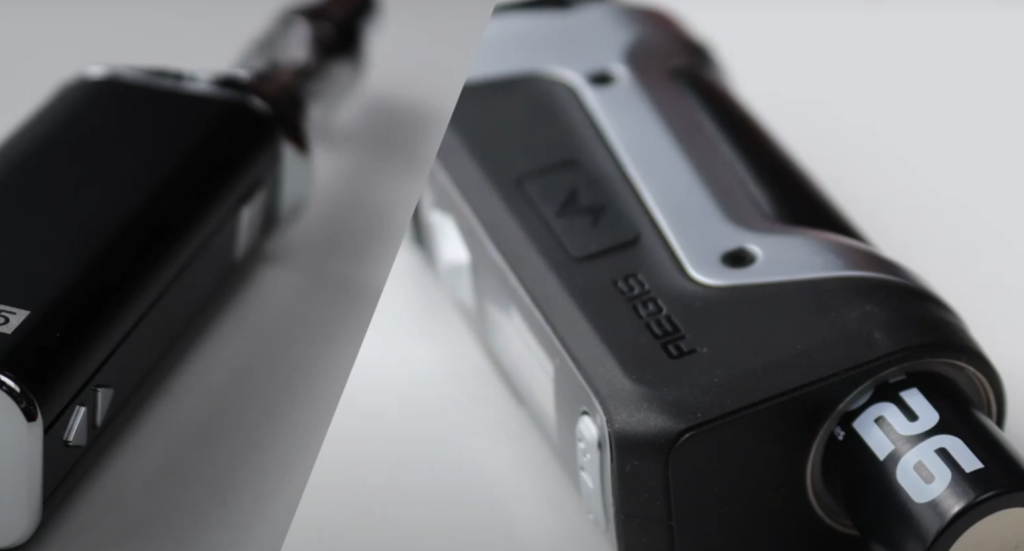
Screen Brightness
Adjusting the screen brightness on your device can have a significant impact on the lifespan of your battery. When the screen is set to a higher brightness level, it consumes more energy, which can drain your battery more quickly. On the other hand, by reducing the screen brightness, you can effectively extend the battery life of your device, allowing you to use it for a longer period of time without needing to recharge. So, remember to lower the screen brightness whenever possible to optimize your battery usage and maximize the overall performance of your device.
Network Connectivity
The type of network your device is connected to can also affect battery lifespan. For example, using 4G or LTE networks consumes more energy compared to WiFi connections. This is because these high-speed cellular networks require more power to maintain a strong connection. So, if you want to conserve battery life, it is recommended to connect to WiFi whenever possible.
Background Processes
Background processes, also known as background apps, can also drain your battery without you even realizing it. These are apps that continue running in the background even when they are not actively being used. To optimize battery life, it is important to close any unnecessary background processes and only keep the essential ones running.
Battery Degradation
Over time, batteries lose their ability to hold a charge and their capacity decreases. This is known as battery degradation. Factors such as temperature, usage patterns, and charging habits can all contribute to the rate of battery degradation. To prolong the lifespan of your battery, it is recommended to avoid extreme temperatures and properly maintain your device’s charging habits [2].
Factors Affecting Battery Runtime
Display Brightness
One of the primary factors that significantly impact battery runtime is the brightness of the display. When the display is brighter, it consumes more power, which can drain the battery quickly. Therefore, it is highly recommended to keep the display brightness at a moderate level to ensure optimal conservation of battery life and prolong usage time. By maintaining a moderate brightness, you can strike a balance between visibility and energy efficiency, allowing you to enjoy your device for longer durations without worrying about battery drain.
Usage of CPU
The usage of the CPU also plays a significant role in determining battery runtime. When engaging in tasks that demand high levels of processing power, such as gaming or video editing, the battery tends to drain at a much faster rate compared to simpler tasks like web browsing or word processing. This is because intensive tasks require the CPU to work harder and consume more power. Therefore, it becomes crucial to effectively manage and prioritize CPU-intensive tasks in order to optimize and prolong battery life, ensuring that your device lasts longer on a single charge.
Running Apps in the Background
Running multiple apps in the background can also have an impact on battery runtime. Each app running in the background consumes a certain amount of power, even if they are not actively being used. This is because these apps may still be performing background tasks, such as syncing data or receiving notifications, which require energy. To optimize battery usage, it is recommended to close any unnecessary apps or use an app manager that can help you identify and manage power-hungry applications. By taking these steps, you can prolong your device’s battery life and ensure that it lasts longer throughout the day, even with multiple apps running in the background.
Network Connectivity
Another factor affecting battery runtime is the type of network your device is connected to. Using data-intensive features such as streaming, video calling, or downloading large files over a cellular network can deplete the battery much faster compared to using Wi-Fi. This is because cellular networks require more power to maintain a stable connection. It is recommended to use Wi-Fi whenever possible for these types of activities to conserve battery life.
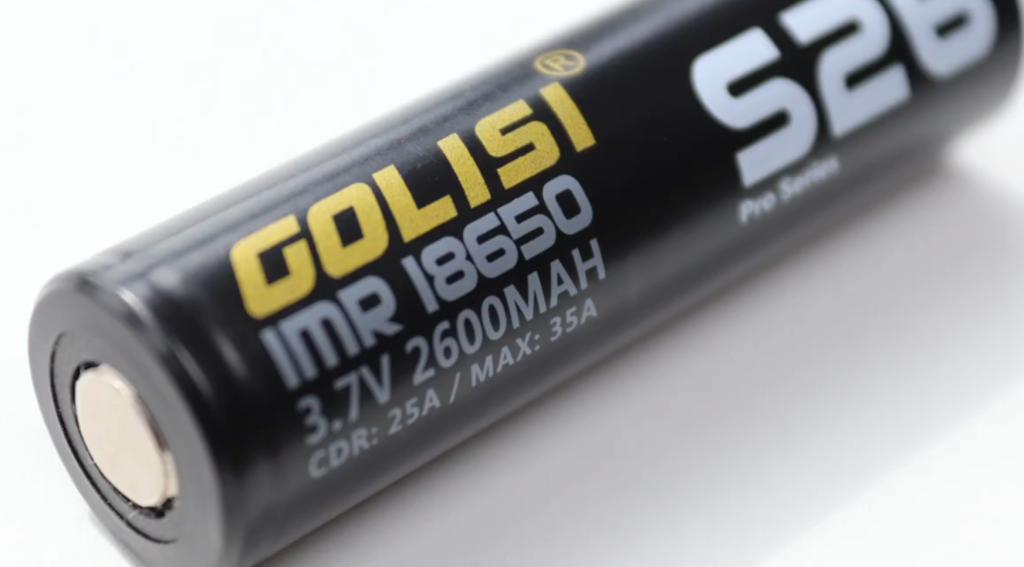
Temperature
Temperature plays a crucial role in determining battery runtime. Extreme temperatures, be it scorching heat or freezing cold, can have a profound impact on the chemical reactions occurring within the battery, leading to a decrease in its overall capacity. To ensure optimal battery performance, it is advisable to maintain your device within a moderate temperature range that is conducive to its longevity and efficiency. By doing so, you can maximize the lifespan of your battery and enhance its overall performance.
Location Services
Location services, although highly beneficial for a wide range of apps and features, can have a noticeable impact on your device’s battery life. The continuous tracking of your location to provide relevant information and services can drain a significant amount of power from your device. To optimize battery usage, it is advisable to disable location services for apps that do not necessarily require it or restrict its usage to specific apps only. By doing so, you can strike a balance between functionality and battery efficiency, ensuring a longer-lasting and more reliable mobile experience.
Screen Timeout
The screen timeout setting, found in the device’s display settings, controls the duration for which the screen remains illuminated when not in use. By setting a shorter interval for this timer, you can effectively conserve battery life by automatically turning off the display when it is not actively being used, thereby minimizing unnecessary power consumption and extending the overall battery longevity. This simple adjustment can contribute to a more efficient and sustainable use of your device’s battery power.
Battery Health
Finally, it is important to note that the overall health of your device’s battery can significantly impact its runtime. As batteries age, they naturally degrade and experience a decrease in their capacity to hold a charge. This gradual deterioration can lead to shorter battery life and reduced performance over time. To ensure optimal performance, it is highly recommended to periodically check your device’s battery health. If necessary, consider replacing it with a new battery to restore its capacity and prolong its lifespan. By taking proactive measures, you can maintain your device’s battery performance and enjoy extended usage without interruptions [3].
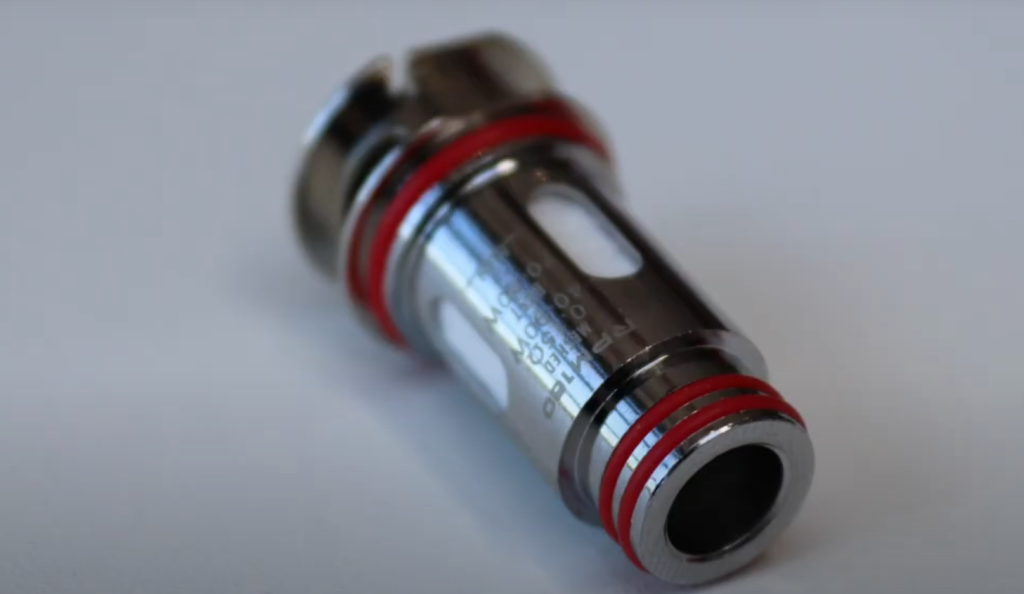
How many hours can a 5000mAh battery last?
If you are a heavy user who frequently uses power-intensive applications such as gaming or video streaming, the battery life may be shorter. On the other hand, if you use your device for light tasks such as web browsing or emailing, the battery may last longer.
It’s also important to note that over time, the battery capacity decreases and it may not be able to hold a charge for as long as it used to when it was brand new. This is a common occurrence with lithium-ion batteries and can be mitigated by following proper charging practices such as avoiding overcharging and keeping the battery at a moderate temperature.
In addition to the battery capacity, the type of device also plays a role in determining how long a 5000mAh battery can last. A larger device with a bigger screen and more powerful components may drain the battery faster compared to a smaller device.
Furthermore, using power-saving features such as dimming the screen or putting your device on battery-saving mode can also extend the battery life. It’s always a good idea to check your device’s settings and see which features you can adjust to optimize battery usage.
Overall, while a 5000mAh battery may seem like it has a large capacity, its actual endurance will vary depending on individual usage habits and device specifications. However, with proper maintenance and usage practices, it can last for a considerable amount of time before needing to be recharged. So, make sure to take care of your battery and enjoy uninterrupted usage of your device for longer periods.
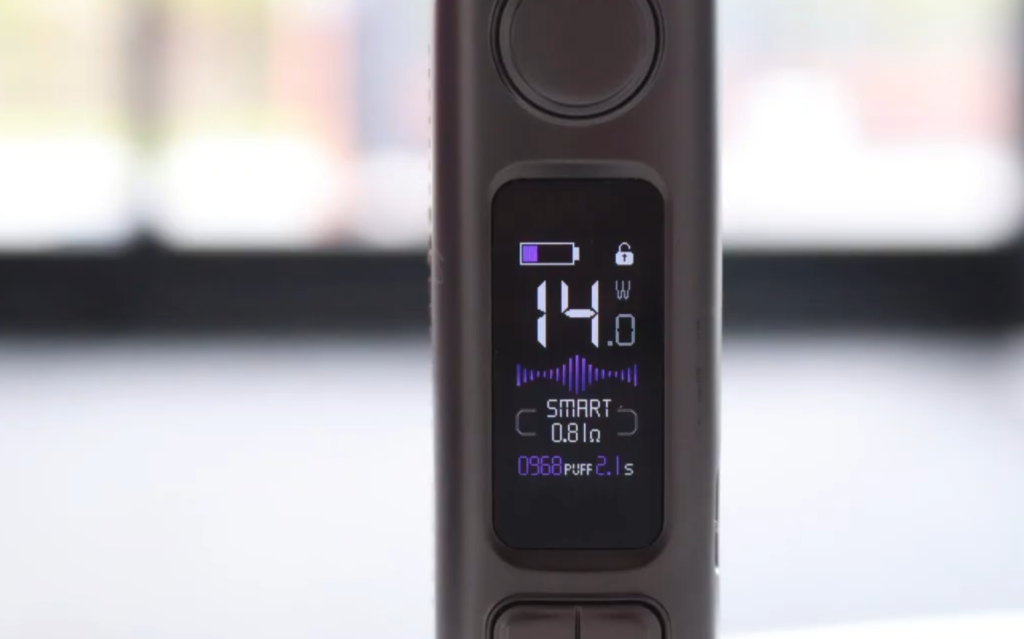
FAQ
What factors affect the battery life of a device with a 5000mAh battery?
Several factors can affect the battery life of a device with a 5000mAh battery, including:
- Screen brightness: The screen is one of the biggest drains on battery life. Keeping the screen brightness at a lower level can help prolong the battery’s lifespan.
- Usage patterns: Heavy usage, such as streaming videos or playing graphic-intensive games, will drain the battery faster.
- Background apps: Apps running in the background can consume a significant amount of battery. Closing them when not in use can help conserve battery life.
- Signal strength: Poor cellular or Wi-Fi signal requires more power from the device to maintain a connection, which can drain the battery quickly.
- Temperature: Extreme temperatures, both hot and cold, can negatively impact a battery’s performance and lifespan.
- Battery health: Over time, the capacity of a battery decreases, resulting in shorter battery life. Regularly checking and maintaining the health of your device’s battery can help extend its lifespan.
Can I use a 5000mAh power bank to charge multiple devices simultaneously?
Yes, a 5000mAh power bank can charge multiple devices simultaneously. However, the charging speed may be affected depending on the number of devices connected and their battery capacities. It is recommended to use a power bank with a higher capacity if you frequently need to charge multiple devices at once. Additionally, make sure to check the maximum output current of your power bank to ensure it can handle charging multiple devices simultaneously. Overall, charging multiple devices with a power bank is a convenient option for on-the-go charging, but it may take longer than charging each device individually.
How long does it take to fully charge a device with a 5000mAh battery?
The time it takes to fully charge a device with a 5000mAh battery can vary depending on several factors, including:
- Charger output: The higher the output of the charger, the faster your device will charge. For example, using a 2A charger will generally charge your device faster than a 1A charger.
- Charging method: Different charging methods may affect the charging speed. Wireless charging, for example, may take longer than traditional wired charging.
- Battery level: If your device’s battery is almost empty, it will generally charge faster compared to when the battery is already halfway or mostly full.
- Device usage during charging: Using your device while it is charging can slow down the charging process as some battery power will be consumed for the device’s operations.
On average, it can take anywhere from 1.5 to 3 hours to fully charge a device with a 5000mAh battery, but this can vary depending on the factors mentioned above. It is recommended to use the original charger and cable provided by the manufacturer for optimal charging speed and safety.
Conclusion Paragraph
So, a 5000 mAh battery can last you for about a day or two depending on your usage. However, if you are someone who uses their phone heavily and requires it to last throughout the day without having to charge frequently, then opting for a phone with a higher battery capacity would be a wise choice. Additionally, keep in mind that battery life also depends on other factors such as screen size, processor efficiency, and usage of power-hungry applications.
Useful Video: How many hours does 5000mAh last?
References:
- https://www.techtarget.com/whatis/definition/milliampere-hour-mAh
- https://www.omnicalculator.com/other/battery-life
- https://www.greentechrenewables.com/article/battery-life-and-performance-factors

